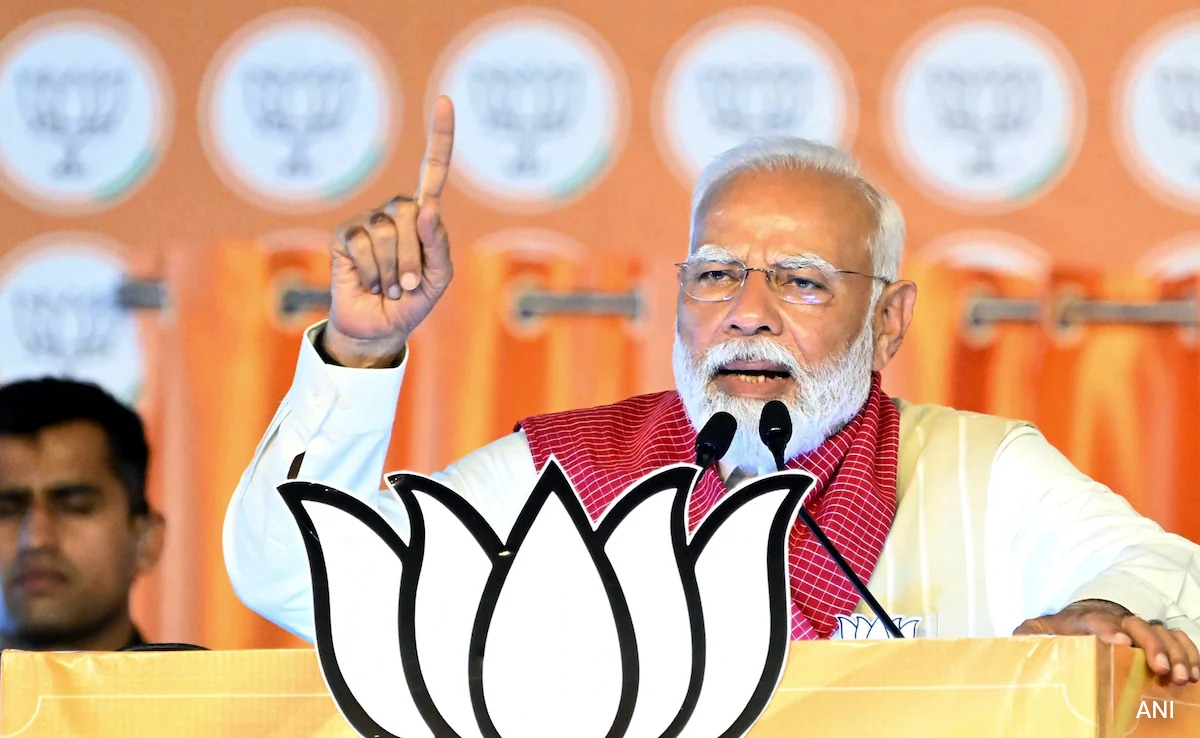2024 Interim Budget Announcement: Finance Minister Nirmala Sitharaman on Thursday said the Pradhan Mantri Surydaya Yojana will enable 10,000 households to get up to 300 units of free power every month and help them save up to Rs 18,000 annually.
Also Read: Budget 2024 Live Updates
In her mid-term budget speech, Sitharaman said that through rooftop solar power generation, 10 million households will receive up to 300 units of free electricity every month.
In early January, Prime Minister Narendra Modi announced the ‘Pradhan Mantri Surydaya Yojana’, which aims to install rooftop solar power.
Also read: Budget 2024: 3 rail corridors, new airports and port infrastructure, India’s connectivity gets major boost
What is Pradhan Mantri Suryoday Yojana?
Prime Minister Narendra Modi announced the ‘Pradhan Mantri Surydaya Yojana’ on January 22, under which 10 million households will get rooftop solar power.
Prime Minister Modi said: “Today, on the auspicious occasion of life dedication in Ayodhya, I am further strengthened in my resolve that people of India should install their own solar roof systems on the roofs of their houses.
The first decision I took after returning from Ayodhya was that our government would launch the ‘Pradhan Mantri Surydaya Yojana’ with a target of installing rooftop solar power on houses worth Rs 1 crore.
This will not only reduce electricity bills for the poor and middle class but will also make India self-reliant in the energy sector. “
Program funding
Under this Pradhan Mantri Surydaya Yojana (scheme), the central government will provide a massive subsidy of 40% for the installation of solar panels with a capacity of 3 kilowatts. For those opting for capacity above 10 kilowatts, a considerable 20% subsidy is still available.
Benefits of Pradhan Mantri Surydaya Yojana
Talking about the benefits, FM Sitharaman told the House, “Free solar power will save households up to Rs 15,000-18,000 per year and the remainder will be sold to power distribution companies.”
The scheme will also help charge electric vehicles, provide entrepreneurial opportunities for mass supply and installation suppliers, and provide employment opportunities for young people with technical skills in manufacturing, installation and maintenance.
Anujesh Dwivedi, partner at Deloitte India, said: “Providing rooftop solar installations to 10,000 crore households with up to 300 free units per month marks a transformative synergy for the power industry.”
Dwivedi said the move not only boosts renewable energy capacity building in the country but also addresses the long-standing issues of poor financial viability and subsidy dependence of DISCOMs, marking a big step towards sustainability and economic efficiency. .
wind energy
Talking about India’s commitment to achieve “net zero emissions” by 2070, she announced viability gap funding for harnessing offshore wind energy.
“Viability gap funding will be provided to harness the potential of offshore wind to achieve an initial capacity of 1 GW,” she said.
According to the Central Electricity Authority, India’s installed solar power capacity exceeds 73 GW.
Likewise, the country’s installed wind capacity is about 45 GW, while large hydropower (both with an installed capacity of more than 25 MW) is at 47 GW, the data shows.
Biomass/cogeneration capacity is approximately 10 GW, small hydro (up to 25 MW) capacity is approximately 5 GW, and waste-to-energy capacity is 583 MW.
India has set a target of having 500 GW of renewable energy by 2030, with 50% of its installed power generation capacity coming from non-fossil fuel sources.
Follow us on Google news ,Twitter , and Join Whatsapp Group of thelocalreport.in
















